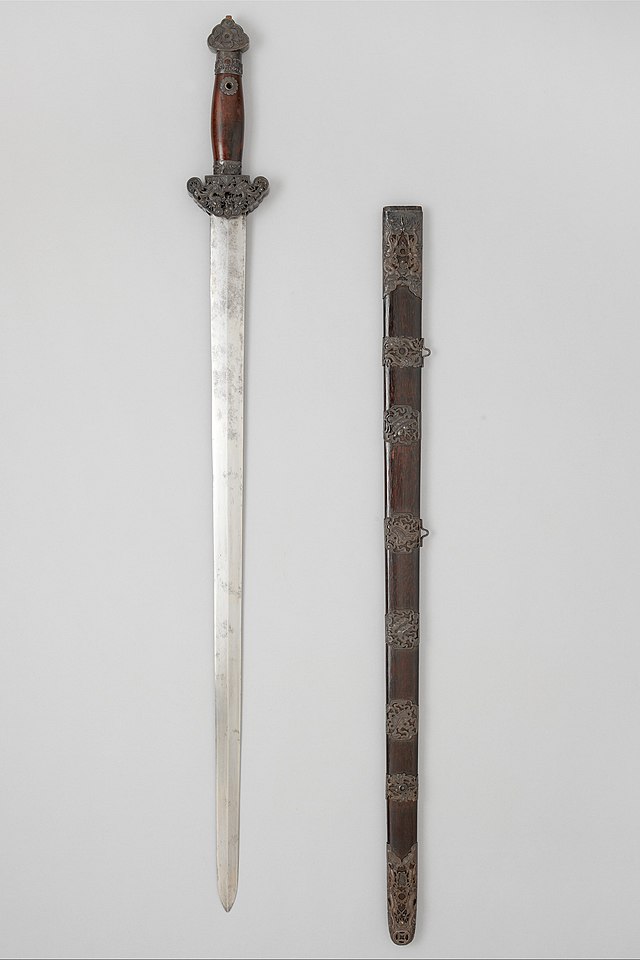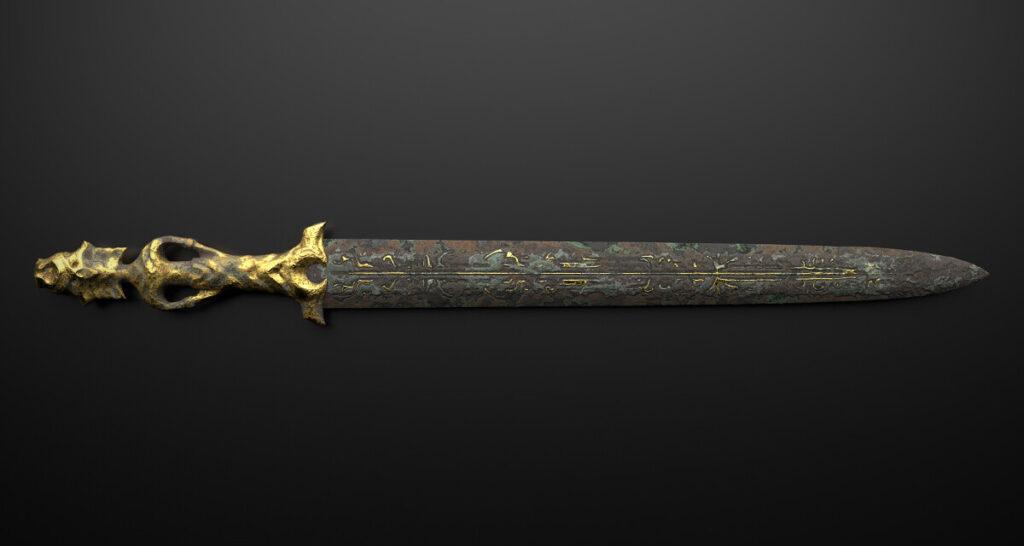Do ancient swords bleed?
If a sword bears the stain of blood, it will continue to bleed red upon any encounter with water. However, it is important to clarify that swords do not actually bleed in the literal sense. The phenomenon attributed to “bleeding swords” is actually a result of the rust on the blade being dissolved in water, giving the appearance of blood in the water.
Ancient swords have always held a certain fascination for historians, collectors, and enthusiasts. The craftsmanship, the stories behind each sword, and the legends they carry make them intriguing relics of the past. One question that often arises in discussions about ancient swords is whether they can “bleed.” This concept of sword bleeding refers to the observation that when the rust on certain swords is polished, it gives off a reddish hue that resembles blood.
The fascination with ancient swords
The allure of ancient swords can be attributed to various factors. Here are a few reasons why these weapons captivate the imagination:
- Historical Significance: Ancient swords are tangible pieces of history, often associated with famous warriors and civilizations. They offer a glimpse into the military tactics, technology, and cultural values of past eras.
- Aesthetic Appeal: Many ancient swords are beautifully crafted, and adorned with intricate details and patterns. The artistry and skill that went into their creation make them objects of admiration.
- Symbolism: Swords have long been seen as symbols of power, honor, and authority. They are seen in epic tales and legends as weapons capable of great feats and noble acts.
- Mystique and Mystery: The passage of time has added an air of mystery to ancient swords. The stories behind their creation, use in battles, and subsequent discovery often leave us with more questions than answers.
The concept of swords bleeding
The idea that ancient swords can “bleed” comes from the observation that when certain swords are cleaned or polished, the rust on them gives off a reddish hue that resembles blood. This phenomenon has been noted with weapons like Japanese swords from World War II and even with swords dating back thousands of years.
While the term “blood rust” is often used to describe this visual effect, it is important to note that the rust itself is not literal blood. It is believed to be a result of the particular composition of the metal and the process of oxidation over time. The presence of iron oxide in the rust gives it a reddish appearance, reminiscent of blood.
This unique characteristic adds to the allure of ancient swords, further shrouding them in mystery and intrigue. Whether it is the result of blood rust or simply the natural aging process of metal, the visual effect is certainly captivating.
To delve deeper into the topic of ancient swords and their fascinating properties, you can explore this Wikipedia page. It provides a comprehensive overview of different types of ancient swords and their historical significance.
In conclusion, while ancient swords do not actually bleed, the visual effect created by certain swords’ rust gives rise to this concept. The association with blood adds to their allure and fuels the fascination surrounding these remarkable artifacts from the past.

The Myth of Bleeding Swords
Clarifying the misconception
There is a popular myth that ancient swords, especially those covered in rust, bleed when they come into contact with water. This misconception has been perpetuated through various stories and anecdotes. However, it is important to clarify that swords do not actually bleed in the literal sense. The phenomenon attributed to “bleeding swords” is a result of the rust on the blade being dissolved in water, giving the appearance of blood in the water.
Explanation of the phenomenon
When a sword becomes rusted, the presence of iron oxide on the blade can give it a reddish-brown color, resembling dried blood. When water comes into contact with this rust, it dissolves the iron oxide, creating a reddish tint in the water. This can give the illusion that the sword is bleeding when it is being polished or cleaned.
It is worth mentioning that this phenomenon is not unique to ancient swords; it can occur with any object that is heavily rusted. The presence of blood rust, as it is commonly referred to, is not an indicator of some mystical or supernatural property of the sword, but rather a natural chemical reaction between iron and oxygen over time.
While the myth of bleeding swords adds to the intrigue and mystery surrounding ancient weapons, it is important to approach it with a scientific understanding. Swords have a rich history and cultural significance, and their preservation and study can provide valuable insights into the past. [5][6][7][8]

